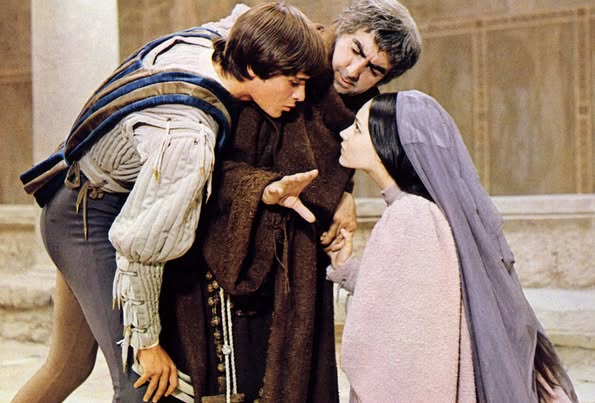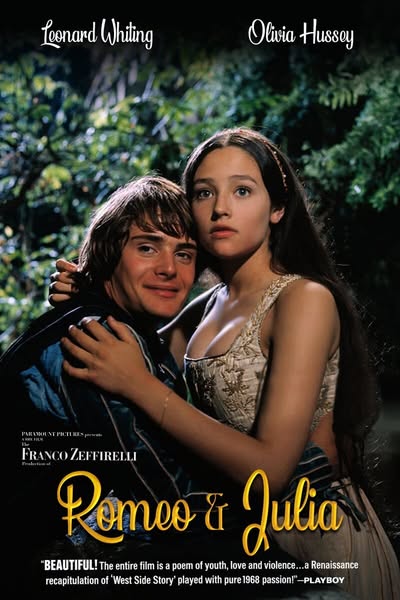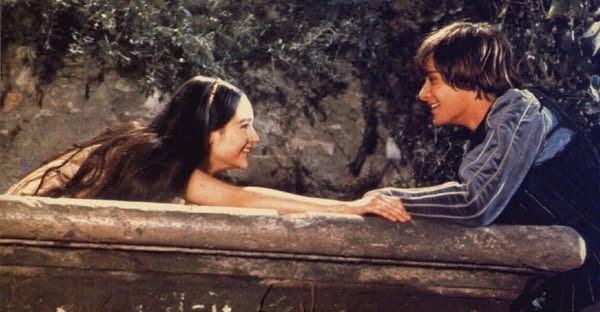Romeo and Juliet (1968)

Romeo and Juliet is a 1968 film adaptation of William Shakespeare’s classic tragedy, directed by Franco Zeffirelli. This version is celebrated for its lush cinematography, authentic period settings, and powerful performances, particularly from its young leads, Leonard Whiting as Romeo and Olivia Hussey as Juliet. The film captures the essence of Shakespeare’s story of love, fate, and the tragic consequences of familial conflict.
Set in Verona, the film follows the doomed romance between Romeo Montague and Juliet Capulet, two young lovers from rival families. Their passionate relationship unfolds against a backdrop of intense family feuds and societal expectations. The film opens with a prologue that establishes the longstanding feud between the Montagues and Capulets, setting the stage for the tragic events that follow.
Zeffirelli’s direction is marked by a commitment to authenticity, utilizing stunning locations and period-appropriate costumes that immerse viewers in Renaissance Italy. The cinematography by Pasquale De Santis captures the beauty of the setting, enhancing the film’s romantic and dramatic elements. The use of natural light and vibrant colors adds to the emotional depth of the story.

Leonard Whiting and Olivia Hussey deliver compelling performances as the titular characters. Whiting’s portrayal of Romeo embodies youthful passion and impulsiveness, while Hussey’s Juliet conveys innocence and depth. Their chemistry is palpable, making their love story all the more poignant. The film emphasizes their youth and vulnerability, highlighting the intensity of their emotions and the societal pressures they face.

The screenplay remains faithful to Shakespeare’s original text while also making it accessible to contemporary audiences. The dialogue is delivered with clarity and emotion, allowing viewers to connect with the characters and their plight. Key scenes, such as the balcony scene and the tragic conclusion, are rendered with a sense of urgency and emotional weight, capturing the essence of Shakespeare’s themes of love, fate, and loss.
The film’s score, composed by Nino Rota, features haunting melodies that enhance the emotional landscape of the story. The music complements the romantic and tragic moments, creating a rich auditory experience that lingers with viewers.

Upon its release, Romeo and Juliet received critical acclaim and became one of the most famous adaptations of the play. It won an Academy Award for Best Costume Design and garnered nominations for Best Cinematography and Best Music. The film’s impact has endured over the years, influencing subsequent adaptations and interpretations of the story.
In conclusion, Zeffirelli’s Romeo and Juliet is a visually stunning and emotionally resonant adaptation of Shakespeare’s timeless tragedy. With strong performances, beautiful cinematography, and a faithful yet accessible screenplay, the film captures the intensity of young love and the tragic consequences of family conflict. It remains a beloved classic that continues to resonate with audiences, serving as a poignant reminder of the enduring power of love and the heartache of fate.











